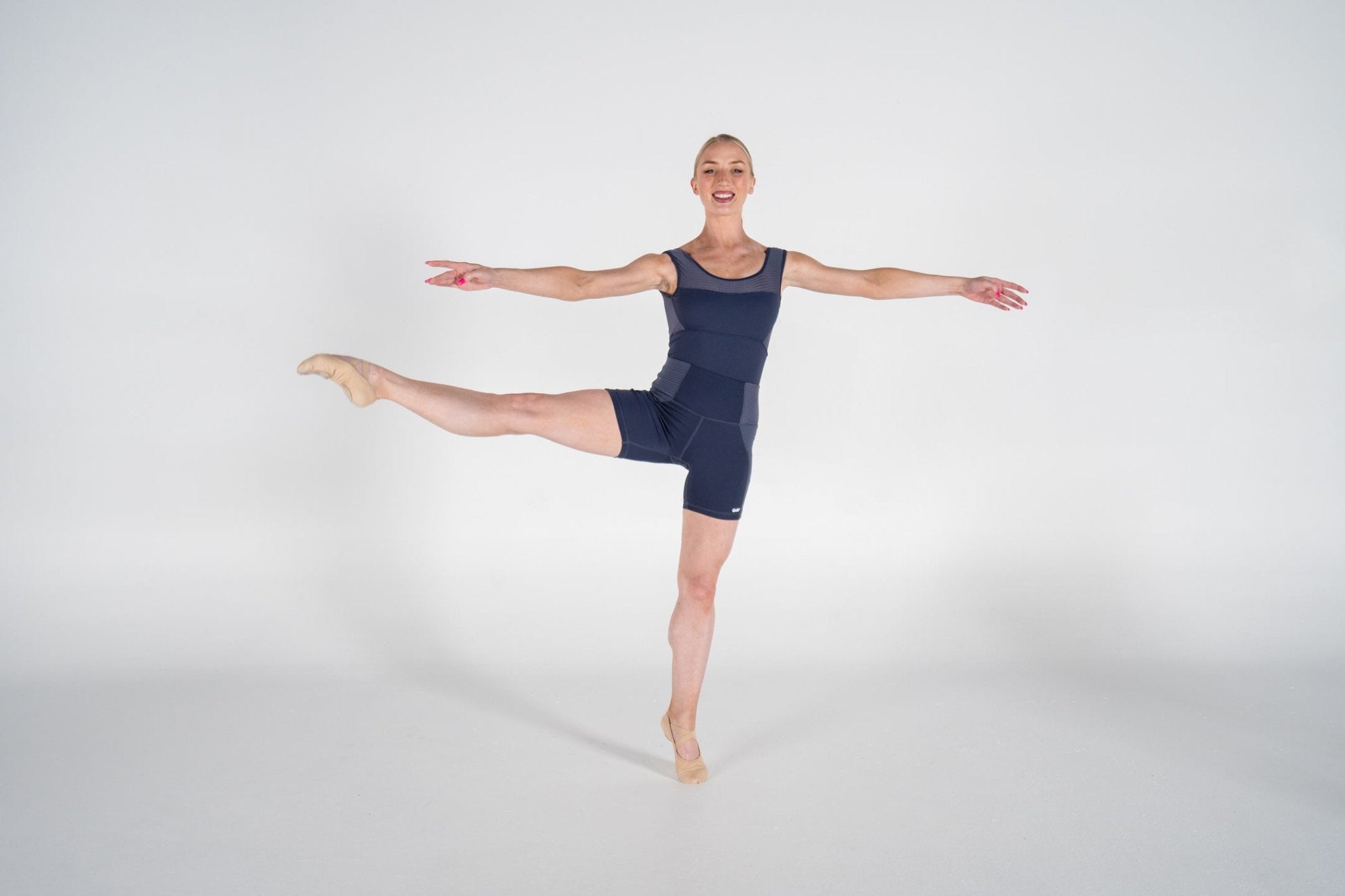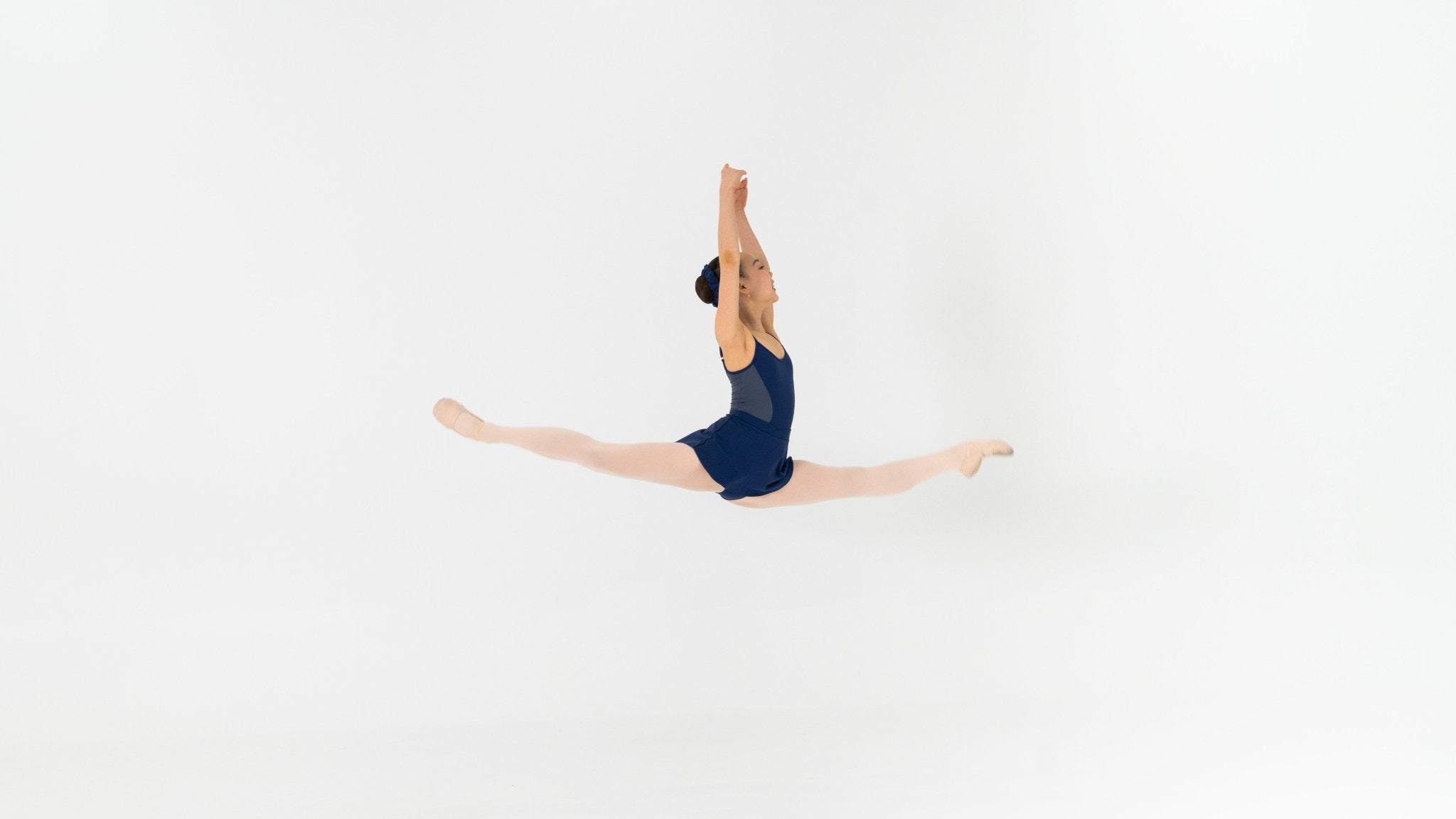HOW TO FOUETTE LIKE A PRINCIPAL DANCER

Fouettes are without a doubt, one of the most impressive, awe-inspiring and exciting steps to perform in classical ballet! As dancers we spend so much of our training preparing for the moment when we finally get to wow the audience with one of the most iconic ballet moves of all time and I for one know it was something I absolutely idolised in other dancers and even in dance movies (we all know that iconic moment in Center Stage in Jodie Sawyers finale in her striking red pointe shoes). So if you want to know how to nail them, here are my top 3 tips on how to perfect your fouettés.
Just like before you start dancing en pointe, before you attempt to perfect your fouettes, you need to make sure you’ve built up enough strength and power in your legs - particularly in your feet, ankles, calves and thighs. During a Fouette, your supporting leg will be working the entire time so it’s imperative you have both the strength and endurance that will help you push off from the floor and gain momentum with every relevé, whilst staying in the same position on the floor. Fouettes are one of the most commonly requested areas dancers like to work on in my Coaching Sessions, which is why I wanted to make this available to dancers anywhere in the world through our Claudia Dean World App. We have a whole host of exercises available on the app that will strengthen your legs like Attitude Devants With the Powerband and Developpes on Back with the Powerband.
Once you’ve built up the strength and endurance in your legs, the next thing to focus on is the coordination between your arms and legs whilst simultaneously spotting, which can take a bit of time to get your head around - quite literally. If you think about what the term ‘fouetté’ means, it means to whip, so I like to visualise both my arms and working leg opening and closing simultaneously as you rise and lower on the supporting leg. It can be overwhelming trying to concentrate on everything, so I like to start by coordinating the closing of my arms to first position with the pulling in of my working leg to retiré to complete a full turn. There are plenty of exercises available on my Claudia Dean World App that will help your coordination, like Fouetté Preparation in the Center and Fouette Arms in the powerband.
While Fouettés are without a doubt one of the most thrilling ballet steps to learn and there’s no feeling better than nailing 32 in a row, remember it definitely doesn’t happen overnight, so remember to be kind to yourself and enjoy the process. I always like to remind myself that the expert in anything was once a beginner too, and consistent practice is the only thing that will help your body develop the correct movement pattern to nail this! This is the exact reason I was so inspired to create our Claudia Dean World App, so I could help as many dancers as I possibly could to improve their technique with simple to follow exercises that really work.
Remember that even your ballet idol was once a beginner starting out on their fouetté journey too so never compare yourself or where you’re currently at in your journey with anybody else.
Love CD xx



